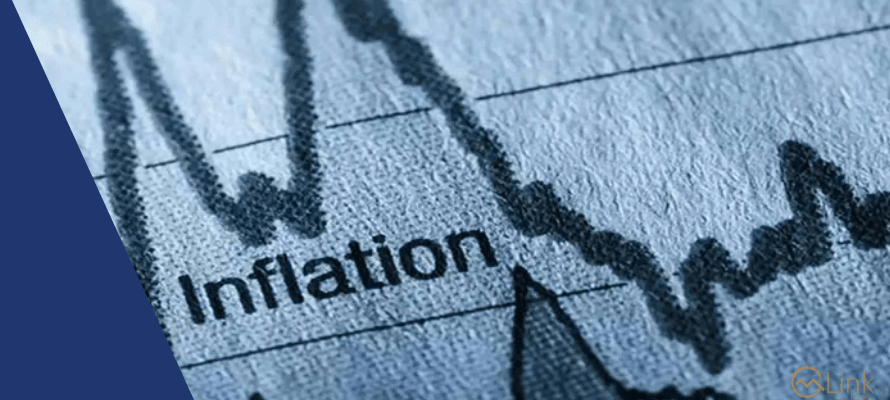Global Food Prices Experience a 10% Drop in 2023, Alleviating Inflation Concerns
In Pakistan, an anticipated increase in production is expected to contribute to a deceleration in the upward trajectory of food prices.

In a significant development, global food prices recorded a substantial 10% decline in 2023, marking the most substantial annual drop since 2015. This decline, as reflected by the FAO Food Price Index (FFPI) crafted by the United Nations' Food and Agriculture Organization, registered at 118.5 in December 2023, a notable decrease from 131.8 in December 2022.
While the FFPI primarily tracks raw commodity costs rather than retail prices, this sharp decline suggests a potential respite for consumers, signaling a reduction in food inflation following the peak in 2022. The heightened prices in the previous year were largely attributed to Russia's invasion of Ukraine, contributing to a global cost-of-living crisis, as reported by Bloomberg.
Corn and wheat futures experienced their most significant annual drops in a decade, with concerns over supply gradually dissipating. Futures prices for hogs and palm oil also witnessed substantial declines.
Despite the FFPI reaching its lowest level since February 2021, the reduction in wholesale costs has been gradual in reaching supermarkets and end consumers. Nevertheless, indications suggest a gradual cooling of food inflation, with the indicator sharply dropping in the UK last month to its lowest point since June 2022. Moreover, New Zealand has observed a slowdown in the rises of food, fuel, and alcohol prices.
The FFPI serves as a metric for monthly changes in the international prices of a diversified basket of food commodities. It comprises the average of five commodity group price indices, each weighted by the average export shares of the respective groups over the period of 2014-2016.








